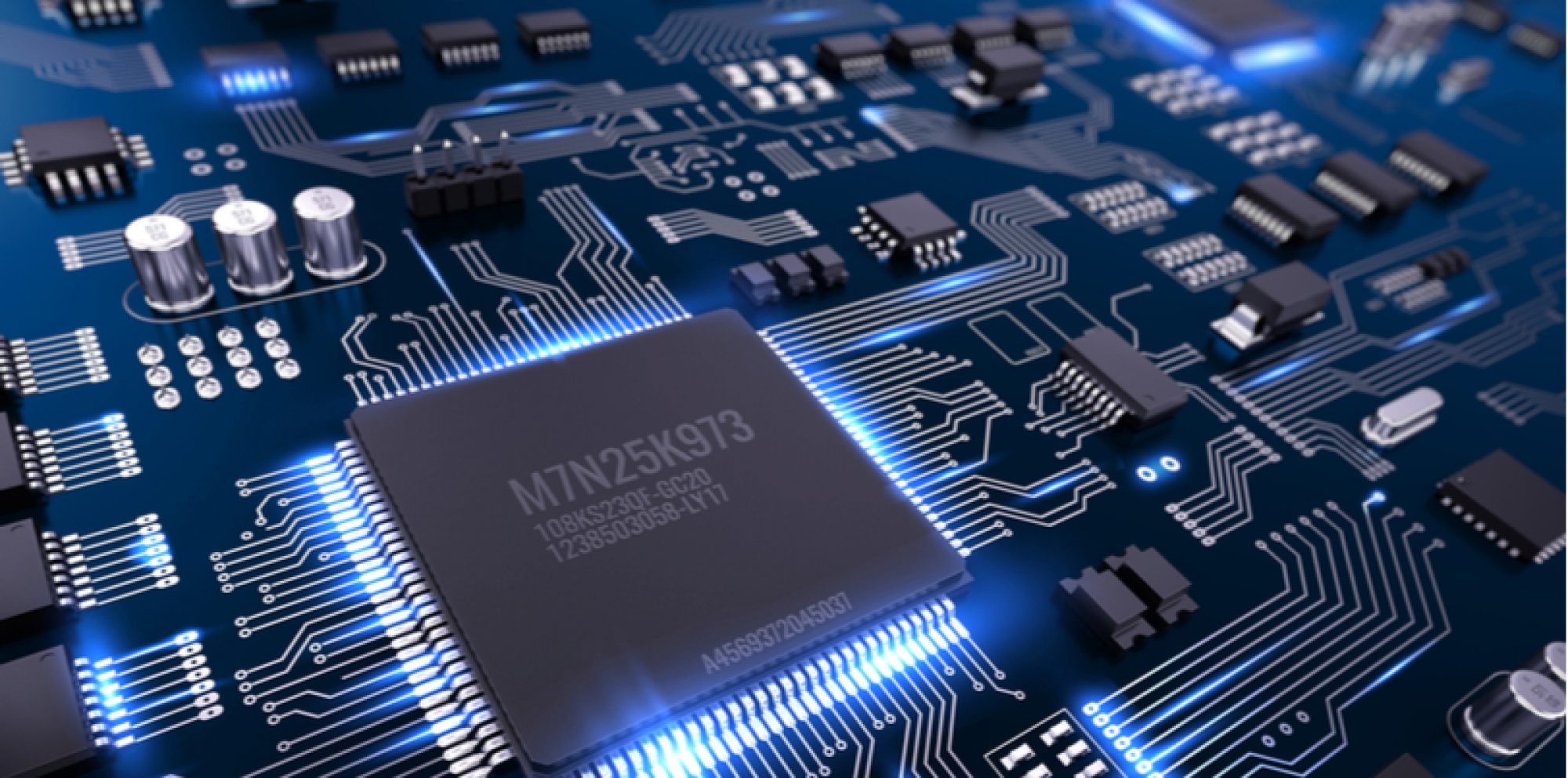This was probably the most exciting week so far. I was able to get a demo working where a random string was sent to the FPGA via ethernet and then sent back to the FPGA. (I already shared a video of this working on Slack.) I spent most of the first two days getting it to work. The next task I worked on had 2 parts: 1) better understanding what the demo I synthesized actually did (I found the demo online), and 2) determining how we can output the data from the pre-built system.
Regarding the first task, I understand why almost all of the components are in the nios system. I’m still not fully sure the role the JTAG UART module plays, but I do mostly understand the c code, too. The demo I’m referencing is still this one.
The main issue with the ethernet demo is that it handles all of the ethernet payload generation from the c code, and it does not have external code interacting with the payload. So, my question was: is it possible to interface with the nios processor with external design, and how? If it’s not, then what? We previously found a Cornell Ethernet project which used EthMAC to interface with the ethernet port instead of using the Triple Speed Ethernet Core from Altera. They did this because the EthMAC core is open source, so it was easier to understand what it did unlike the heavily guarded Altera cores. While I was reading through their documentation, I noticed that they also used a Nios processor, and used an Avalon to External Bridge to send/receive data externally from/to the processor. (Avalon is the connection fabric which connects all of the different parts of the nios system together). I then found documentation on this bridge which pointed me to the following files: SOPC User Guide and Avalon Interface Specifications. I also found that you can import custom modules into the nios system. I’m not fully sure how this works, but it was just something that showed up.
My goals for this week is to bring Grace back into this conversation, and to 1) finish reading through these user guides to have a better idea of how we can export information, or import our design. I’m expecting to need to make a separate module which can communicate through the Avalon Bridge, and then send data to our DUT. Also 2) I am hoping to now connect our design to Ethernet. I think this might be a little ambitious, but I would really like to get this working.
I think it’s been difficult that Ethernet was stretched out by a lot, but because Xiran is doing a great job at picking up some of the tasks that Grace and I would’ve worked on, it is going okay.

